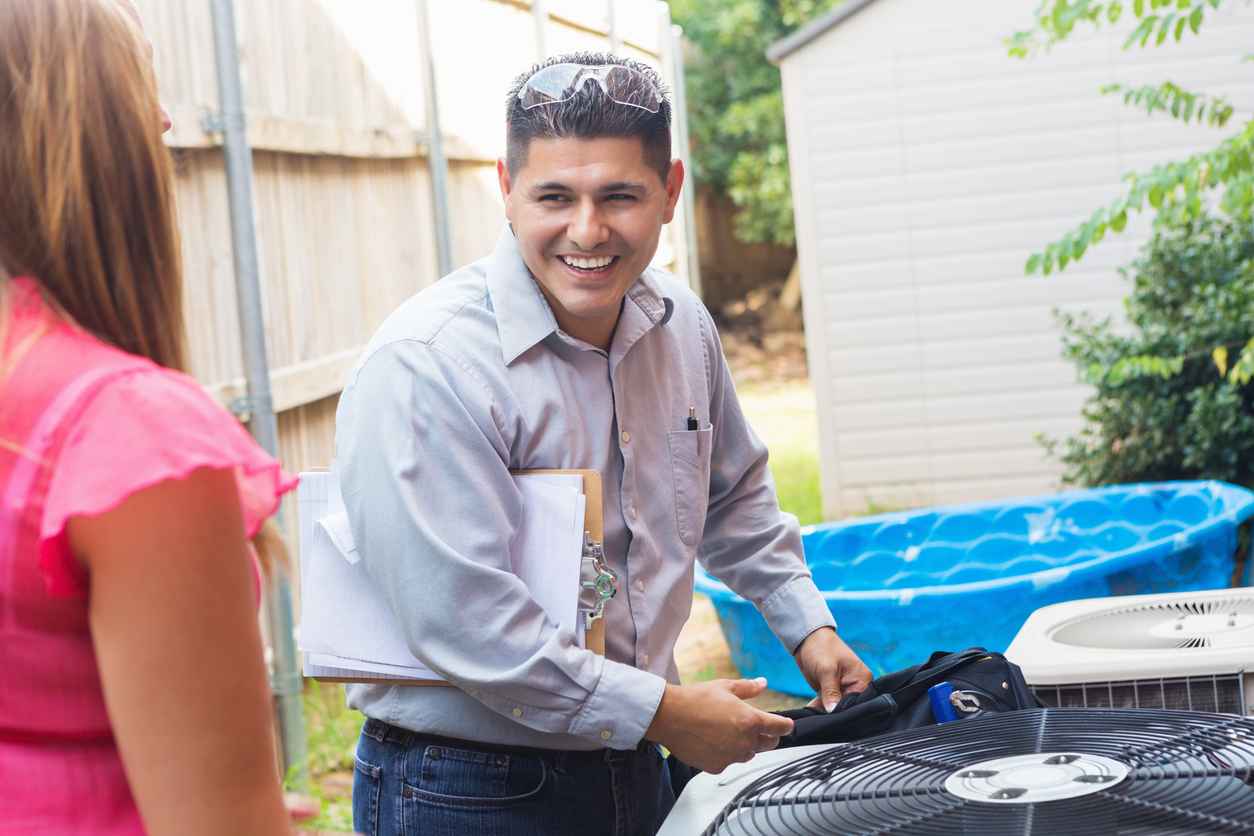4.9 Google Rating
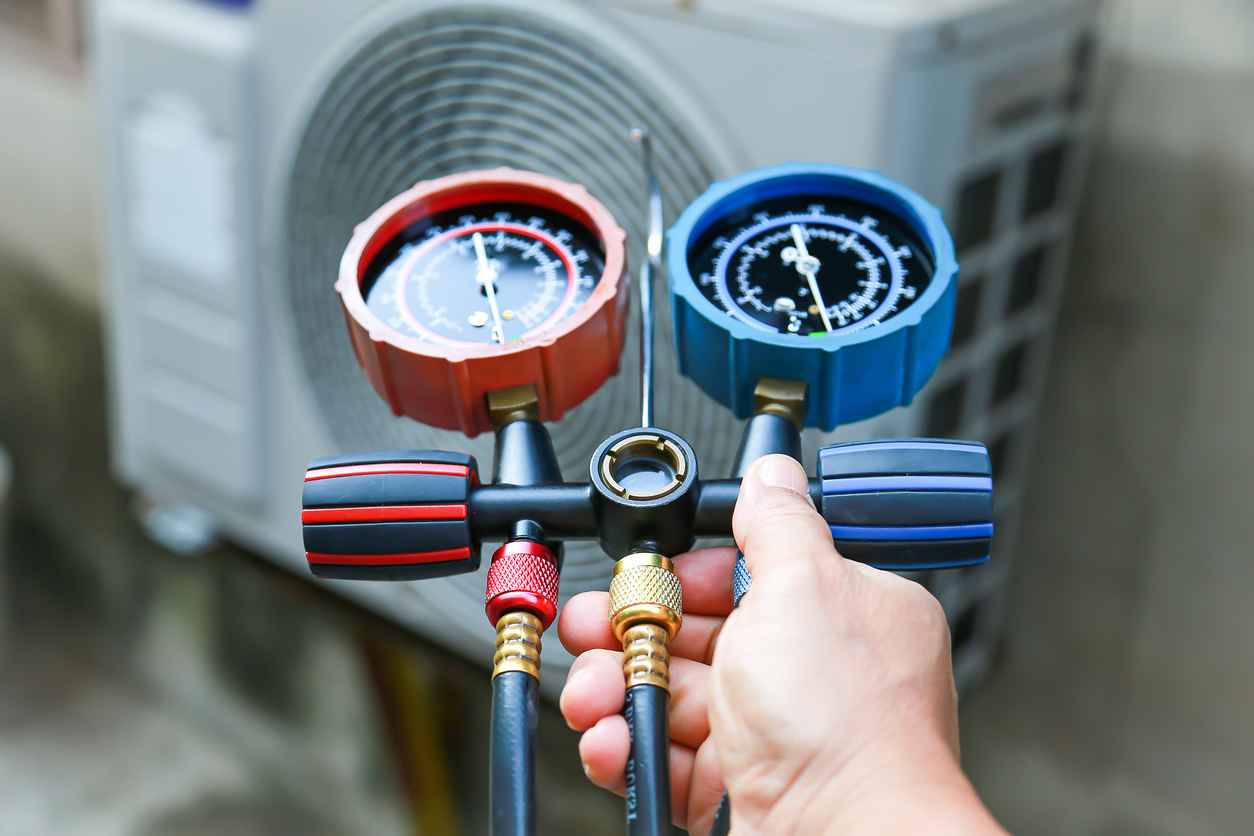
What You Need to Know About the New Refrigerant Phaseout and How It Affects Your AC System
The HVAC industry is undergoing a significant transition as the refrigerant phaseout mandated by the Environmental Protection Agency (EPA) continues to impact cooling systems nationwide. This change, aimed at protecting the environment, particularly the ozone layer, is reshaping the way air conditioning systems are designed, maintained, and replaced.
For homeowners and business owners, understanding the implications of the refrigerant phaseout is essential to avoid unexpected costs and ensure uninterrupted comfort. Here’s everything you need to know about the refrigerant phaseout, its effects on your AC system, and how McCullough Heating & Air Conditioning can help you navigate this transition.
How Does the Phaseout Affect Your AC System?
The refrigerant phaseout has several implications for homeowners and their AC systems:
Limited Availability
If your AC system uses R-22, you may already be experiencing the effects of the phaseout. The cost of R-22 has increased significantly due to its limited supply, making repairs and maintenance more expensive. While existing systems can still operate with R-22, it’s becoming less practical to maintain them.
Transition to Newer Refrigerants
New AC systems now use more environmentally friendly refrigerants like R-410A or R-32. However, systems designed for R-22 or R-410A cannot simply switch to these newer refrigerants without significant modifications. This means that if your system requires a refrigerant no longer available, you may need to consider an upgrade.
Environmental Impact
Using older refrigerants contributes to ozone depletion and global warming. Upgrading to a system that uses a compliant refrigerant helps reduce your carbon footprint and aligns with environmental regulations.
Increased Energy Efficiency
Many new systems designed to work with the latest refrigerants are also more energy-efficient. Upgrading your system during this transition can lead to lower energy bills and better performance.
What Are Your Options if Your System Uses R-22?
If your AC system relies on R-22, here are a few options to consider:
Repair with Existing Supplies
While R-22 is still available for repairs, it’s becoming increasingly expensive. If your system only requires minor repairs, it might be worth servicing it with the existing supply of R-22, but this is a short-term solution.
Retrofit Your System
In some cases, your existing system can be retrofitted to use a newer refrigerant. However, this process can be costly and may not be a viable option for older systems.
Upgrade to a New System
Replacing your AC system with a newer model designed for compliant refrigerants is often the most cost-effective and sustainable solution. Modern systems are more energy-efficient and environmentally friendly, offering long-term savings and peace of mind.
Benefits of Upgrading to a New AC System
Investing in a new AC system has several advantages, especially during the refrigerant phaseout:
- Energy Efficiency: Newer systems consume less energy, reducing your utility bills.
- Environmental Compliance: Modern systems align with EPA regulations, ensuring you stay ahead of future phaseouts.
- Improved Comfort: Advanced technologies provide better temperature control and air quality.
- Lower Maintenance Costs: New systems require fewer repairs, saving you money in the long run.
- Increased Home Value: Upgrading your HVAC system can enhance your property’s value, making it a smart investment.
Be Prepared with McCullough Heating & Air Conditioning
The refrigerant phaseout is a significant change for the HVAC industry, but it also presents an opportunity to improve your system’s efficiency and environmental impact. Whether you need repairs, retrofits, or a full system replacement, McCullough Heating & Air Conditioning is here to help every step of the way.
Contact McCullough Heating & Air Conditioning today for all your HVAC needs in Austin, TX, and ensure your home stays comfortable and compliant during this transition.
Recent News

Staying Cool This Fall: HVAC Tips for Austin Homes During October Heat
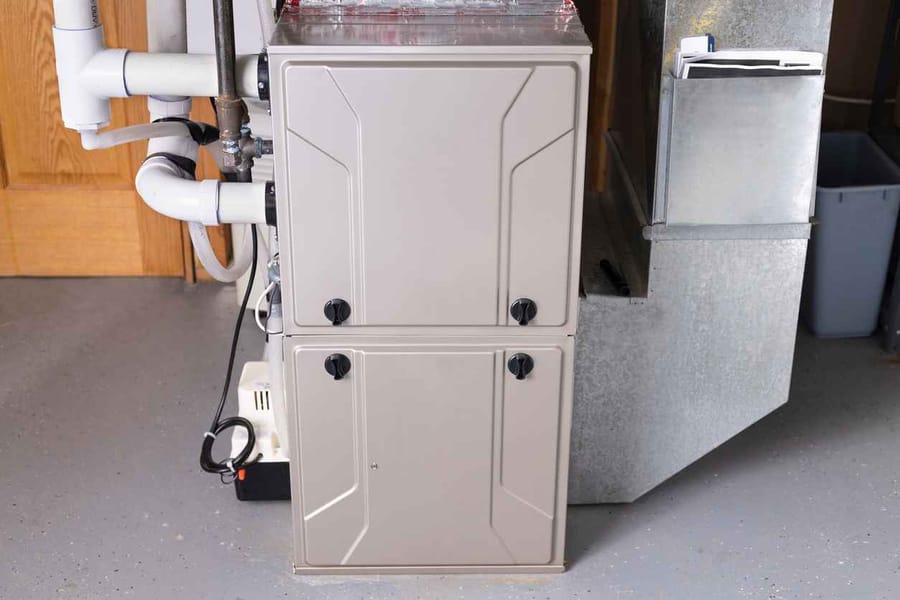
When to Consider a Heating Upgrade in Central Austin

Top 10 Common Texas Heater Problems and How to Solve Them Yourself
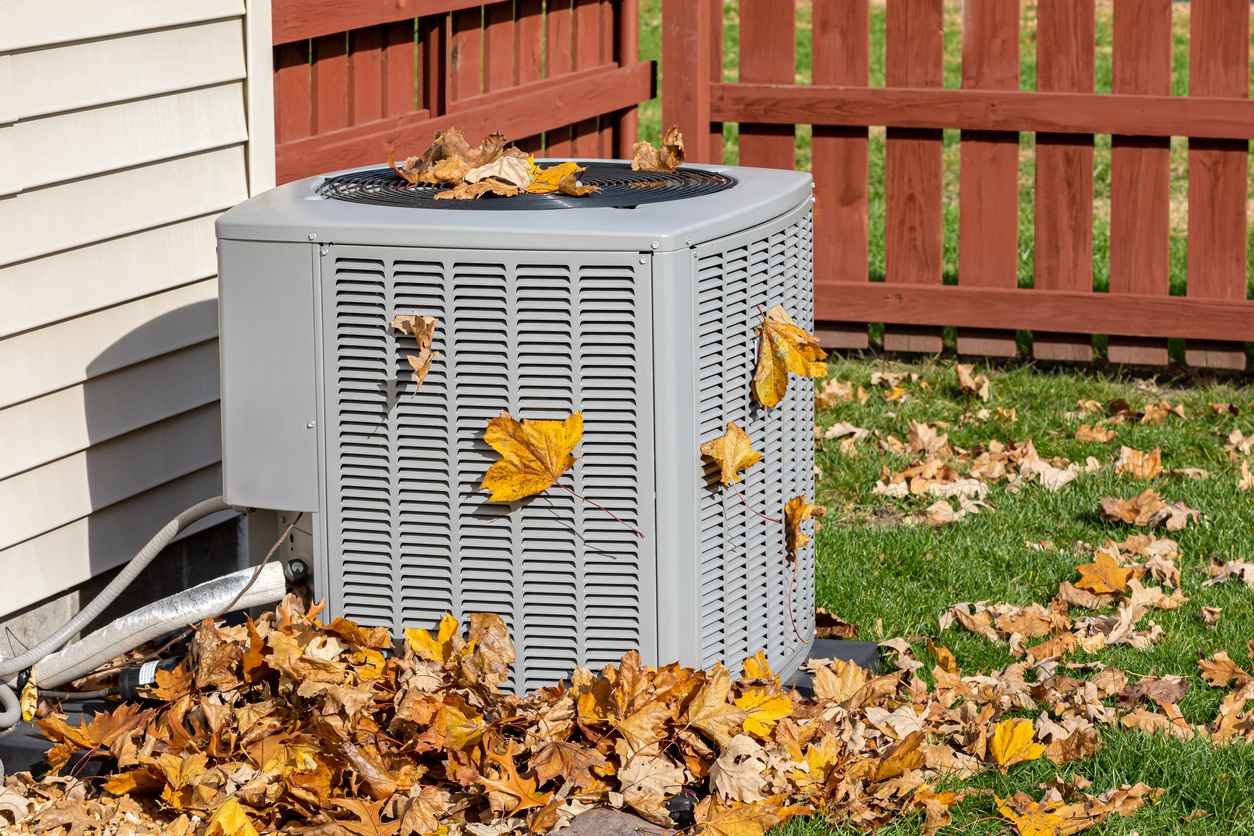
Fall HVAC Maintenance Checklist for Austin, TX Homes

Why Your Thermostat Might Be Costing You Money in Austin
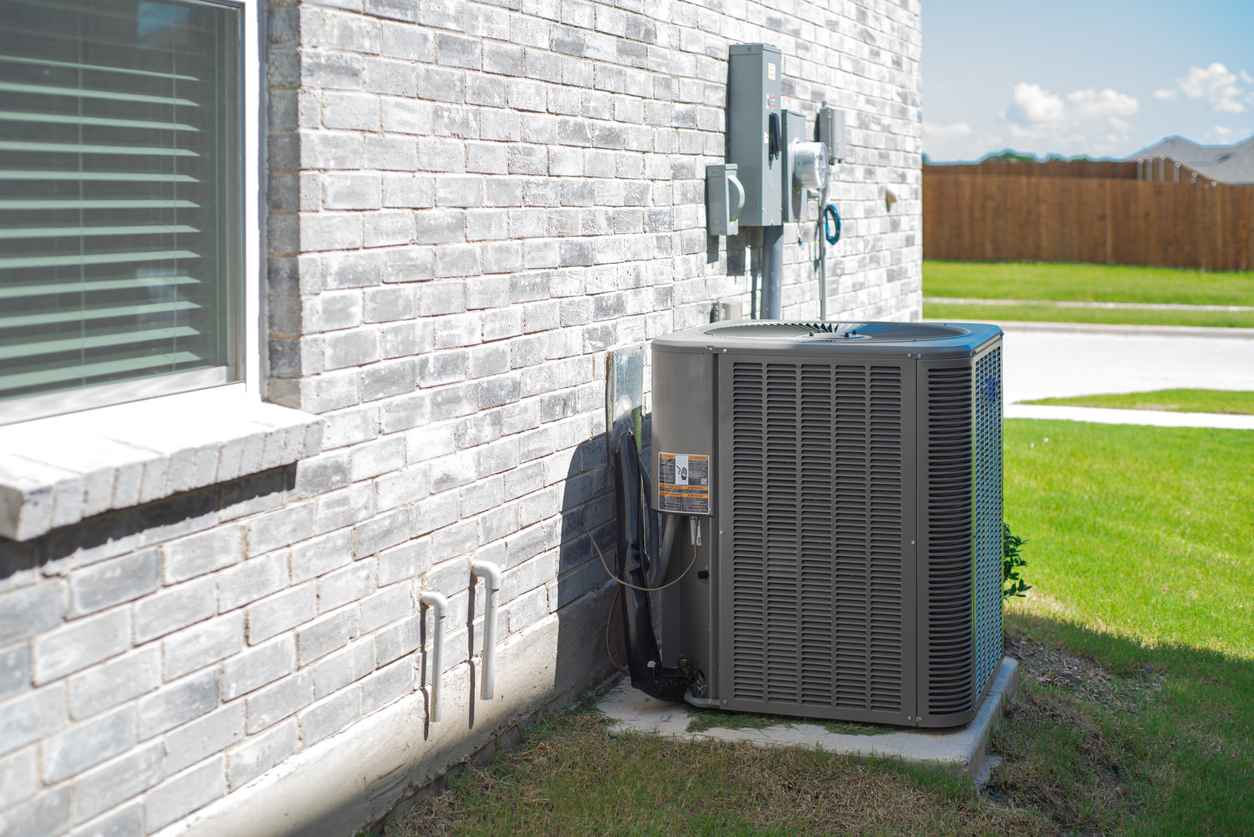
Preparing Your HVAC System for Austin’s Late Summer Storms
